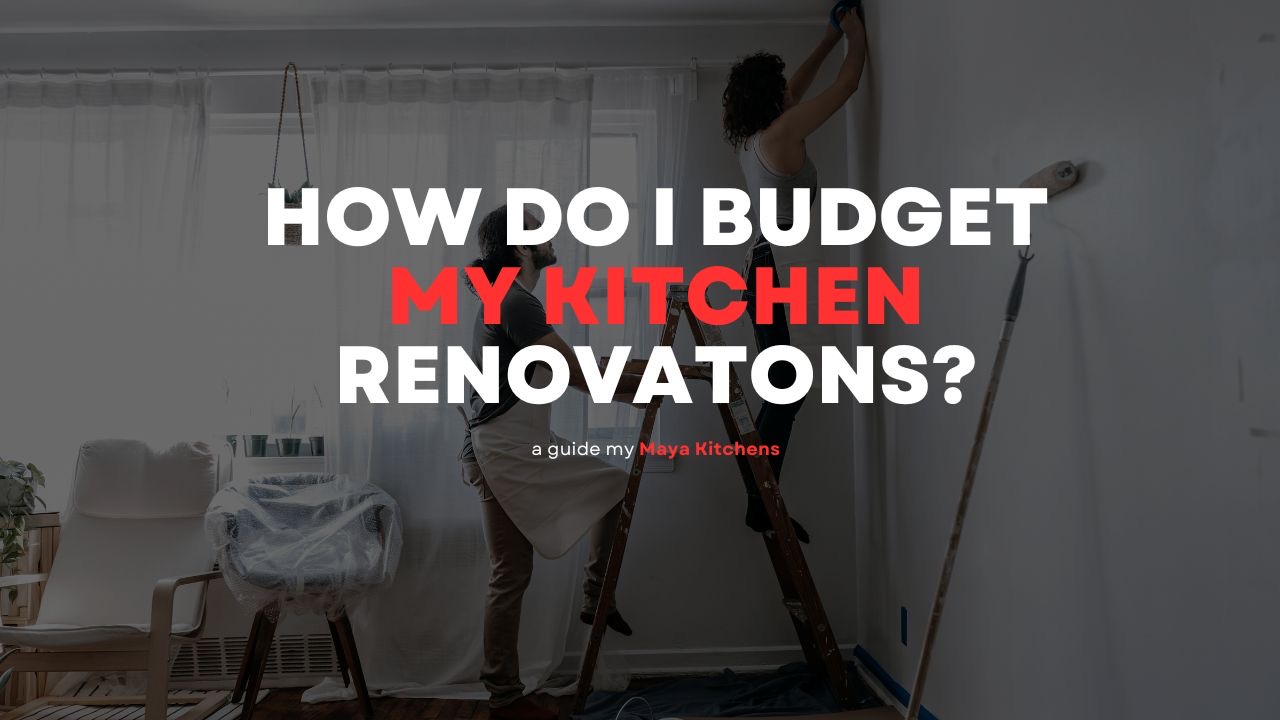Renovating your kitchen can transform the heart of your home, making it more functional, stylish, and enjoyable. However, without careful planning, costs can quickly spiral out of control. Here’s a comprehensive guide to help you budget your kitchen renovations effectively.
1. Assess Your Needs and Set Priorities
Evaluate Current Condition: Start by taking a thorough inventory of your existing kitchen. What’s working well, and what isn’t? This includes functionality, layout, and aesthetics. Write down specific problems and areas that need improvement.
Define Your Goals: Think about what you want to achieve with your renovation. Are you aiming for a modern look, increased storage, better energy efficiency, or a complete overhaul? Clear goals will help you prioritize essential upgrades.
List Must-Haves vs. Nice-to-Haves: Categorize your needs into essentials (must-haves) and desirables (nice-to-haves). You can find out top trends in kitchen remodeling to determine your needs. For example:
- Must-Haves: New cabinets, updated appliances, better lighting
- Nice-to-Haves: High-end finishes, smart appliances, luxury fixtures
This distinction helps you focus your budget on crucial elements first.
2. Determine Your Budget
Set a Realistic Budget: Decide how much you can afford to spend without compromising your financial health. Consider your savings, potential financing options, and how much value the renovation will add to your home.
Include a Buffer: Always include a contingency fund of 10-20% of your total budget for unexpected costs. This ensures you’re prepared for surprises without derailing your project.
3. Research Costs
Material Costs: Investigate the price ranges for various materials. For example:
- Cabinets: Stock cabinets are cheaper than semi-custom or custom ones.
- Countertops: Laminate and butcher block are more affordable than granite or quartz.
- Appliances: Look for energy-efficient models that may have higher upfront costs but save money over time.
Labor Costs: Labor can be a significant portion of your budget. On average, labor costs account for 20-35% of the total renovation cost. Request detailed quotes from contractors to understand their pricing.
4. Plan for Hidden Costs
Structural Changes: Moving walls or plumbing can significantly increase costs. Assess the current layout and try to work within the existing structure to save money.
Permits: Depending on your location and the scope of work, you may need permits. Check with your local building department for requirements and associated fees.
Unexpected Repairs: Be prepared for issues like water damage, mold, or outdated electrical systems. These can be costly but are essential for safety and functionality.
5. DIY vs. Hiring Professionals
DIY Opportunities: You can save money by handling some tasks yourself, such as painting, installing hardware, or minor demolition. Ensure you have the skills and tools needed to complete these tasks effectively.
When to Hire Professionals: For complex tasks like plumbing, electrical work, and major installations, it’s best to hire licensed professionals. This ensures safety, compliance with building codes, and quality workmanship. Maya Kitchens well experienced team is committed to providing you with the highest quality of craftsmanship and customer service on every project, regardless of size or range
6. Choose Materials Wisely
Cost-Effective Choices: Select materials that offer a good balance between durability, aesthetics, and cost. For example:
- Cabinets: Ready-to-assemble (RTA) cabinets are cheaper than custom options.
- Countertops: Consider affordable alternatives like solid surface or laminate.
- Flooring: Vinyl and laminate flooring can mimic more expensive materials like hardwood or stone.
Sustainable Options: Look for eco-friendly materials that might have higher upfront costs but save money in the long run due to their durability and energy efficiency.
7. Get Multiple Quotes
Compare Contractors: Get at least three quotes from different contractors. Ensure they include a detailed breakdown of costs for materials, labor, and any other expenses.
Check References: Research the contractors’ reputations. Read reviews, ask for references, and check their licensing and insurance status to ensure you’re hiring a reliable professional.
8. Track Your Spending
Use Budgeting Tools: Utilize spreadsheets or budgeting apps to monitor your expenses. Track every cost, no matter how small, to maintain a clear picture of your spending.
Regular Updates: Review your budget regularly and adjust as needed. If you’re overspending in one area, find ways to cut costs elsewhere.
9. Be Flexible
Adapt to Changes: Renovations often come with unexpected challenges. Be ready to adapt your plans and make compromises to stay within budget.
Consider Alternatives: If a particular material or feature is too expensive, look for more affordable alternatives that still meet your needs and aesthetic preferences.
10. Focus on ROI
Value-Adding Improvements: Prioritize upgrades that enhance functionality and appeal, as these are more likely to increase your home’s value. For example:
- Energy-Efficient Appliances: Save money on utility bills and appeal to eco-conscious buyers.
- Quality Cabinets and Countertops: These are highly visible and heavily used, making them key investment areas.
Avoid Over-Improving: Ensure your renovations are in line with the overall value of your home and neighborhood. Over-improving can lead to diminishing returns on your investment.
Conclusion
Budgeting for a kitchen renovation involves careful planning, diligent research, and strategic decision-making. By assessing your needs, setting a realistic budget, researching costs, planning for hidden expenses, and making smart choices, you can create the kitchen of your dreams without financial strain. Remember, a well-executed renovation not only enhances your living space but also adds value to your home, making it a worthwhile investment.
Happy renovating!






